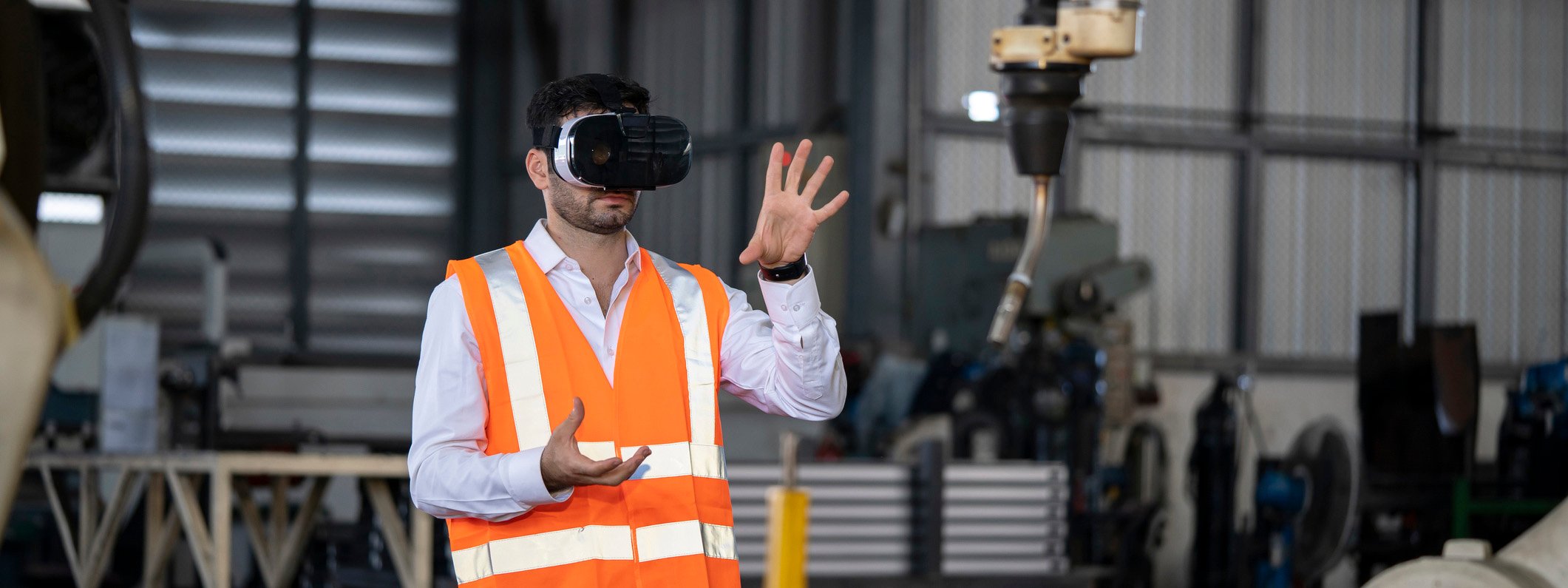Not long ago, augmented reality (AR) and virtual reality (VR) were seen by many as ‘technologies of the future’ that most businesses wouldn’t need to consider adopting until at least 2030. The pandemic changed that. The need for social distancing has accelerated the use of AR and VR in the real world. That in turn, has led to the discovery of new and immediate ways these technologies can be used across industries, offering real potential for even those who were previously wary.
Maintenance from a distance
One area which offers a particular opportunity for AR and VR is in the maintenance of machines, especially those which require specialised skills, which are tricky to reach or demand precise movements to correct. One recent example of this comes from a large, multi-national oil company with rigs located around the world. The rigs contain a specialised piece of equipment that has a maintenance team comprised of just one person - the man who had invented the equipment. When something went wrong, he had to be flown in to fix it. When travel became difficult due to the pandemic, the company had to make the most of AR. The technology allowed him to guide someone on the rig to make the repairs while he was in the comfort of his own home.
In another example, an international chain of coffeehouses has taken a similar approach. While previously they had teams of engineers on call to fix coffee machines, now they use headsets and remote engineers to guide baristas to make the repairs themselves. The deployment of AR and VR enabled these companies to keep their employees safe without exposing them to unnecessary contact with the virus. In the long term, this will allow them to reduce both travel costs and more importantly the time vital pieces of kit are out of action.
Training from across the world
While some companies have been offering training on platforms like Zoom, WebEx and Teams for some time, there are limitations to how well employees can engage on these platforms. AR and VR widen the possibilities for training worldwide, offering huge potential for companies that previously spent large sums of money hosting group training in long programmes. In specialist fields such as surgery, trainers can now walk students through complicated procedures using AR and students can practice themselves using VR, gaining technique before working on patients. This means that a world-saving surgery that only one surgeon has managed to achieve can be replicated in hospitals around the world.
Early adopters and the tech base
Some industries are adopting faster than others. Sectors like engineering and architecture have strong use cases and have been early adopters. These industries are highly competitive so there is hyper-awareness of what others are doing and an imperative to use technology to gain a competitive edge.
Other sectors such as education, where communication and competition between institutions is less of a factor, have been slower to adopt. One of the key things holding them back is the perceived cost of implementation, but that is a misnomer. While there is an initial upfront cost, for example, to buy headsets and PCs to run the technology, the cost savings in the long term far outweigh these. This is one of the crucial differentiators of early adopters from other companies; they understand that the tech investment relative to the value gains is an extremely favourable ratio.
The return to ‘normal’
While we will inch our way out of the pandemic, the new adoption of AR and VR will continue to grow. While some elements of the work experience are better done in person, much of what used to happen – such as flying in an expert from across the world – will be done via technology. For example, that oil company will not go back to flying its repairman to distant oil rigs. It has a far more sensible solution. The use cases that have been brought to life because of the pandemic will stay in place and expand for companies as they begin to recover from the last year. More and more organisations will see that this is technology for today, not tomorrow.
AR and VR have moved from science-fiction to fact and have a real place in the running of companies today. They will become important tools for the future running of businesses from engineering firms to universities. Over the last 18 months, these technologies have given many the ability to continue to function and perform their roles, despite the current crisis. Company leaders across industries would be wise to benefit from the learnings of early adopters and put into practice their own use cases.



